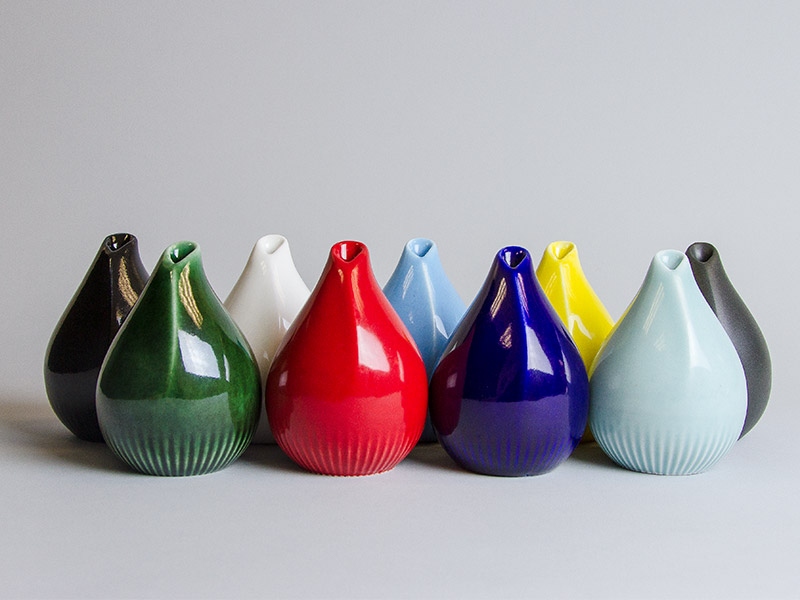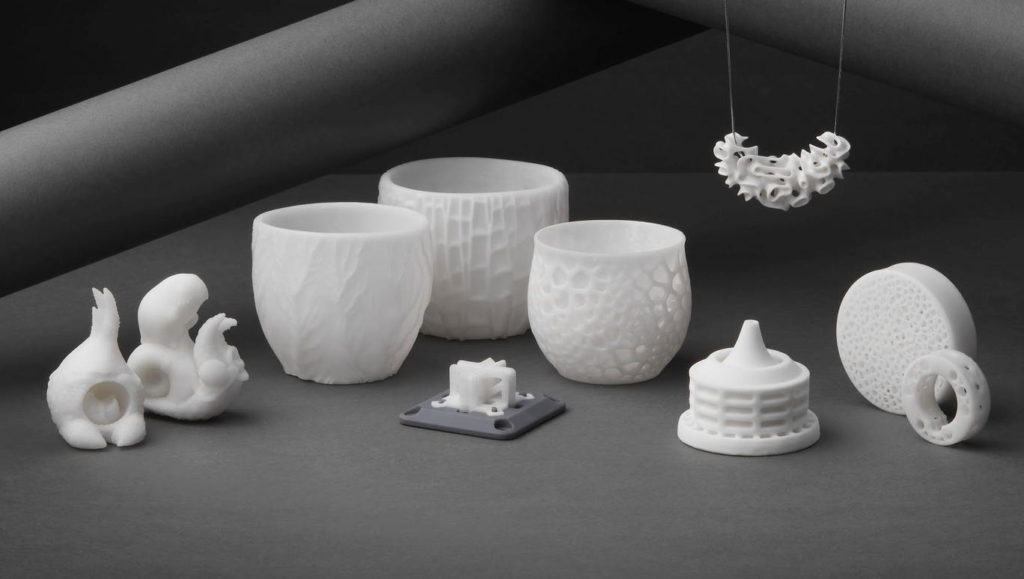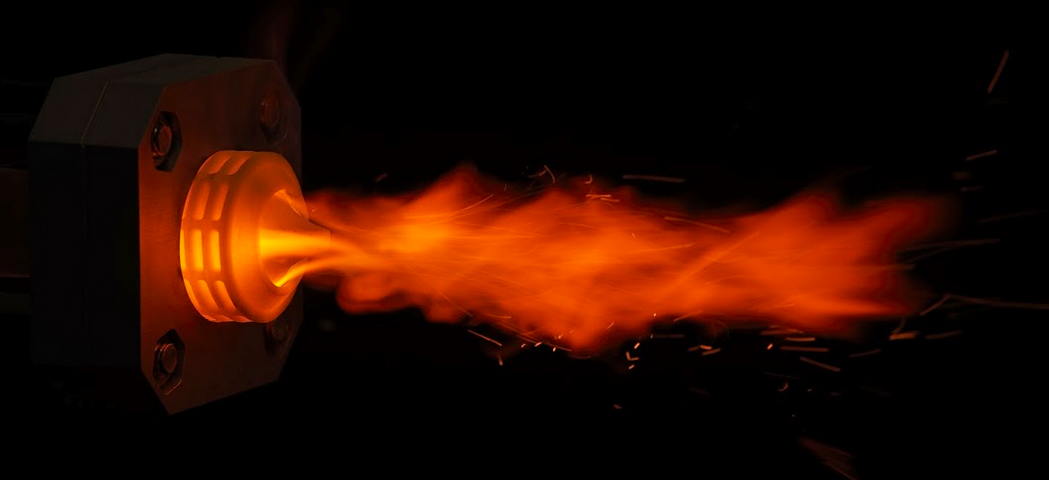Ceramic is a material that allows 3D printing of ceramic parts outside high-tech laboratories or without the use of expensive machinery.Its use is still a matter for debate in the industry, probably because of its use conditions, which require high-temperature cooking, enameling, etc.) or its true adoption by the market.
Until now, Kwambio is one of the few companies that are specialized in the field; it is recognized on the market for its industrial ceramic 3D printer. Suppliers such as Shapeways and i.materialise offered 3D printing services using this material and gave up. Reasons of the end of these services are not clearly defined. One can mention a high preparation and a low profitability. Indeed, the material is complex and requires constant experimentation as well as tests to ensure successful prints.

However, it does not prevent other manufacturers to enter this marker and provide services in this specific niche. Formlabs for instance, will provide this material on its Form 2 SLA printer.

How to use ceramic during 3D printing
Ceramic material is widely used in advanced applications because of its mechanical properties. NASA, for example, has a research and development team dedicated to research on ceramics. Such research has allowed them to develop materials such as Nextel (fire-resistant ceramic) and GRABER (ceramic-based adhesive). The Ceramic Resin material undergoes the following phases:
- Design: The successful printing and baking of Ceramic Resin parts is subject to particular design constraints. Start with small parts, follow instructions and experiment.
- Preparation: Sand the manufacturing platform to increase adhesion, shake the cartridge well to homogenize the resin, and clean the dispensing valve of the cartridge.
- Print: Resize parts in PreForm to compensate for the contraction that occurs during cooking. Send the template to print on Form 2.
- Treatment after printing: Clean the printed parts in isopropyl alcohol (IPA) and remove the media (UV curing is not necessary). Make sure the pieces are completely dry before baking.
- Cooking: Put the baking piece in a well ventilated and hot oven to at least 8 cone to burn the photopolymers of the resin and get a ceramic piece. During baking, the pieces will shrink by about 15% in the XY plane and 29% along the Z axis.
- Glaze: You can apply a glaze of your choice to the surface of the room, following the manufacturer’s instructions.
There is a strong demand for this material according to a report from Fortune 500 R&D and manufacturing labs. Therefore, we can’t wait to see to see how its use will progress on the market.
For further information about 3D Printing, follow us on our social networks and subscribe to our newsletter
Would you like to be featured in the next issue of our digital magazine? Send us an email at contact@3dadept.com
//pagead2.googlesyndication.com/pagead/js/adsbygoogle.js
(adsbygoogle = window.adsbygoogle || []).push({});






